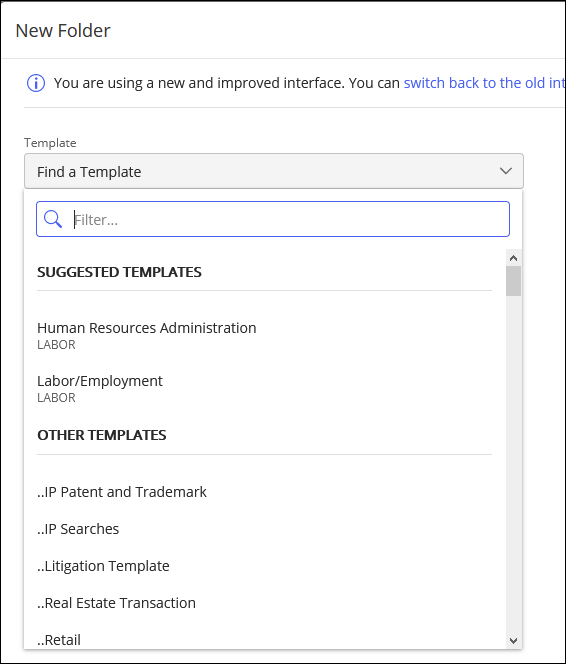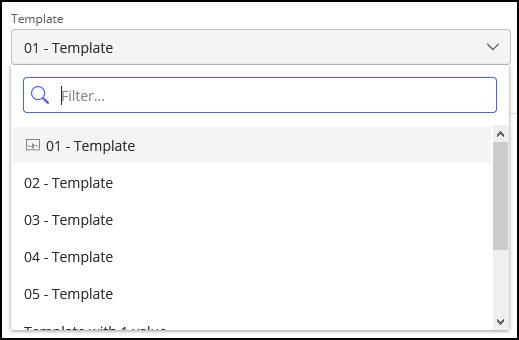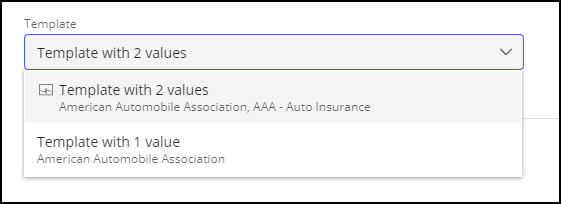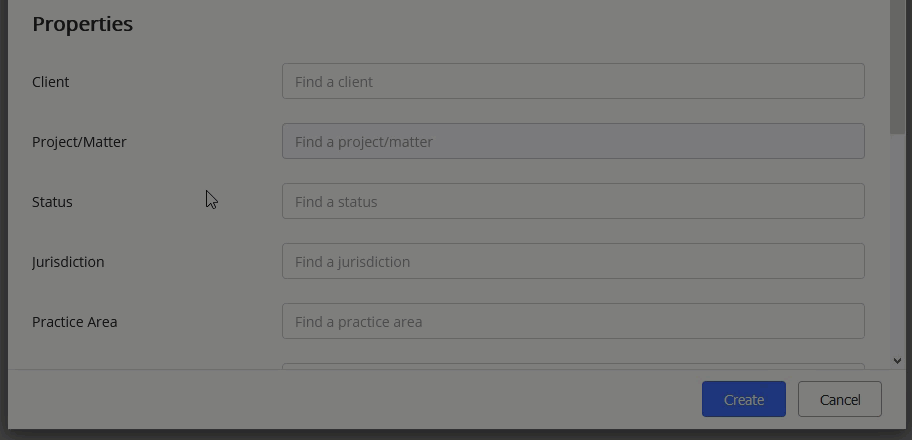This page enables you to configure iManage Work global settings. When configured, these settings are applied to all iManage Work libraries.
NOTE: To perform operations on the Global page, the user signed in to iManage Control Center must be a member of the NRTADMIN group in at least one library.
To view the global settings and to edit the required fields, browse to SETTINGS > Global.
Editing global settings
On the Global page, settings are organized in the following categories:
Analytics
Flexible Folders
Metadata
User Trash
Workspace Permissions
To update the settings for a particular category:
Locate the category and select Edit. The applicable dialog is displayed.
Modify the required fields. For more details, refer to Table: Global settings values.
Select Save.
Table: Global settings values
Name | Values | Default value | Description |
|---|---|---|---|
Analytics | |||
Enable collection of search analytics by iManage? | Disabled (default) Enabled | Disabled | Set Enable collection of search analytics by iManage? to Enabled to share search query parameters in the analytics collected by iManage. For more information, refer to Analytics. |
Flexible Folders | |||
Enable Flexible Folders? | Disabled Enabled (default) | Enabled | Enables or disables the Flexible Folders feature, which uses predefined templates to pre-populate and enforce the container structure when a workspace is created. It also restricts creating, deleting, and renaming containers after the workspace has been created. These templates allow your company to better structure and control workspaces according to your best practices.
For more information, refer to Templates. |
NOTE: The following settings are visible only if the Flexible Folders feature is enabled. | |||
Set Match Fields to filter template searches by. | None, one, or two Metadata fields Not selected (default) | When Flexible Folders is enabled, specify the fields used to suggest templates to users when they create new template-based folders or tabs in iManage Work. Templates with field values that match those of the parent workspace where the folder or tab is created will be suggested at the top of the template selection menu. The following example shows the New Folder dialog, where the Practice Area field is set as a Match field. The user is creating a New Folder within a workspace which has its Practice Area set to Labor. Two templates are displayed under Suggested Templates, as these templates match this Practice Area (Labor). Figure: New Folder
Suggested templates won't be displayed to the user in either of the following scenarios:
In either scenario, all templates are displayed in alphabetical order: Figure: Template NOTE: To configure this field, you must enable the Flexible Folders feature. | |
Show all available templates to user while searching? | Yes, show all templates (default) No, show only exact match templates | Yes, show all templates | NOTE: This setting is available only if it's been enabled in your environment. For more information or to request this capability, contact your iManage Customer Success Manager. When the Flexible Folders feature is enabled, this setting enables you to control whether users can see all available templates in the New Folder dialog within the templates drop-down list.
For more details about this capability, refer to the Set Match Fields to filter template searches by setting. NOTE: To configure this option, you must enable the Flexible Folders feature. |
Add all folders marked as 'Required' from the selected template? | All required folders must be added (default) Add root level required folders only | All required folders must be added | When a user is creating a new folder, and selects an alternate template (a template that wasn't used to create the workspace), iManage Work automatically creates all of the folders that are marked as Required or Workspace Creation from the newly-selected template. In some cases, the user may not need or want all of the folders created. This option enables you to configure the desired behavior:
|
Metadata | |||
Allow users to add custom metadata values to new workspaces? | None, one, or more metadata fields Not selected (default) | Not selected | Enables users to manually create custom metadata values when creating a workspace using iManage Work client applications. In the following example, the Custom1 field has been enabled, allowing the user to create a value for the Custom1 field while creating a workspace. Figure: Properties Select only those custom metadata fields that you want users to be able to create values for. |
Auto-generate custom Alias for custom metadata values? | False (default) True | False | This option is available only if Allow users to add custom metadata values to new workspaces is enabled. Automates the generation of the custom metadata Alias property during workspace creation for customers who use only the Name or Description property. The Alias is internally auto-generated and can't be controlled using special mnemonics or numbering. This Alias property is hidden and only the Name appears in the user interface. |
HIPAA Option | Shown (default) Hidden | Shown | Shows or hides the HIPAA compliant option in iManage Work clients when users are manually adding new metadata values when creating a workspace: Figure: Properties NOTE: The ability for users to add new metadata values is controlled using the Allow to Create Metadata option. The HIPAA compliant option is used to determine whether files that are assigned this custom metadata value use encrypted file storage to be compliant with the Health Insurance Portability and Accountability Act (HIPAA). |
User Trash | |||
Enable Trash visibility to all users? | Disabled Enabled (default) | Enabled | Enables the User Trash feature for users in iManage Work clients. This enables users to restore their deleted documents and emails.
NOTE: For on-premises deployments, you must also enable the Enable Trash Work Server registry setting to enable Trash functionality. For more details, refer to iManage Work Server Administration Guide. For more information about managing deleted documents and emails in iManage Control Center, refer to Trash. |
Workspace Permissions | |||
Set default email folder for workspaces. | Emails (default) | E-mails | The name of the default folder where emails are filed within a workspace. While filing an email, users can select a workspace, without selecting a specific folder within the workspace. In this scenario, iManage Work automatically files the email to a folder in the workspace with this name. The folder name within the workspace must match the default email folder name configured here. NOTE: In some environments, this value can't be changed in iManage Control Center. If you need to change this name and the field isn't editable, contact cloudsupport@imanage.com for assistance. For on-premises iManage Work environments, this name must be configured using the Default Email Folder registry setting. For more information, refer to iManage Work Server Administration Guide. |
Set access level required for creating containers under workspaces? | Read/Write (default) Full Access | Read/Write | Manages what access rights to a workspace are required for users to be able to create containers, such as folders, search folders, iManage Share folders, and tabs, at the top (root) level of any workspace.
This setting replaces the legacy Allow folder creation in public workspaces setting. When the legacy setting was enabled, users with read/write access to public workspaces could create containers at the top (root) level of those workspaces. IMPORTANT: When you update this new setting in Control Center, the legacy setting is overwritten and can't be reverted. Afterward, you can only use iManage Control Center to modify this setting. For more information about this setting, refer to Folder administration tips. |





